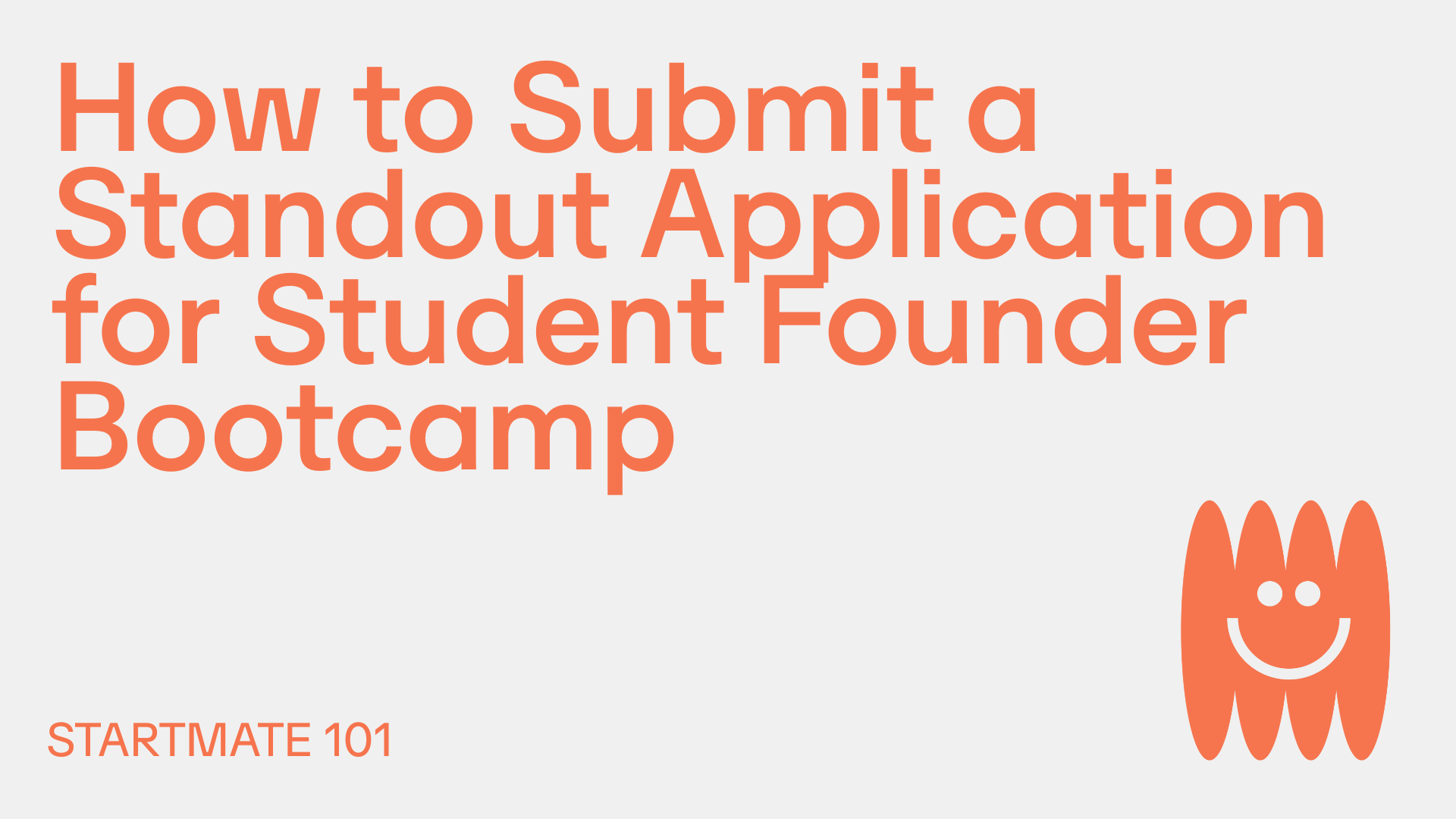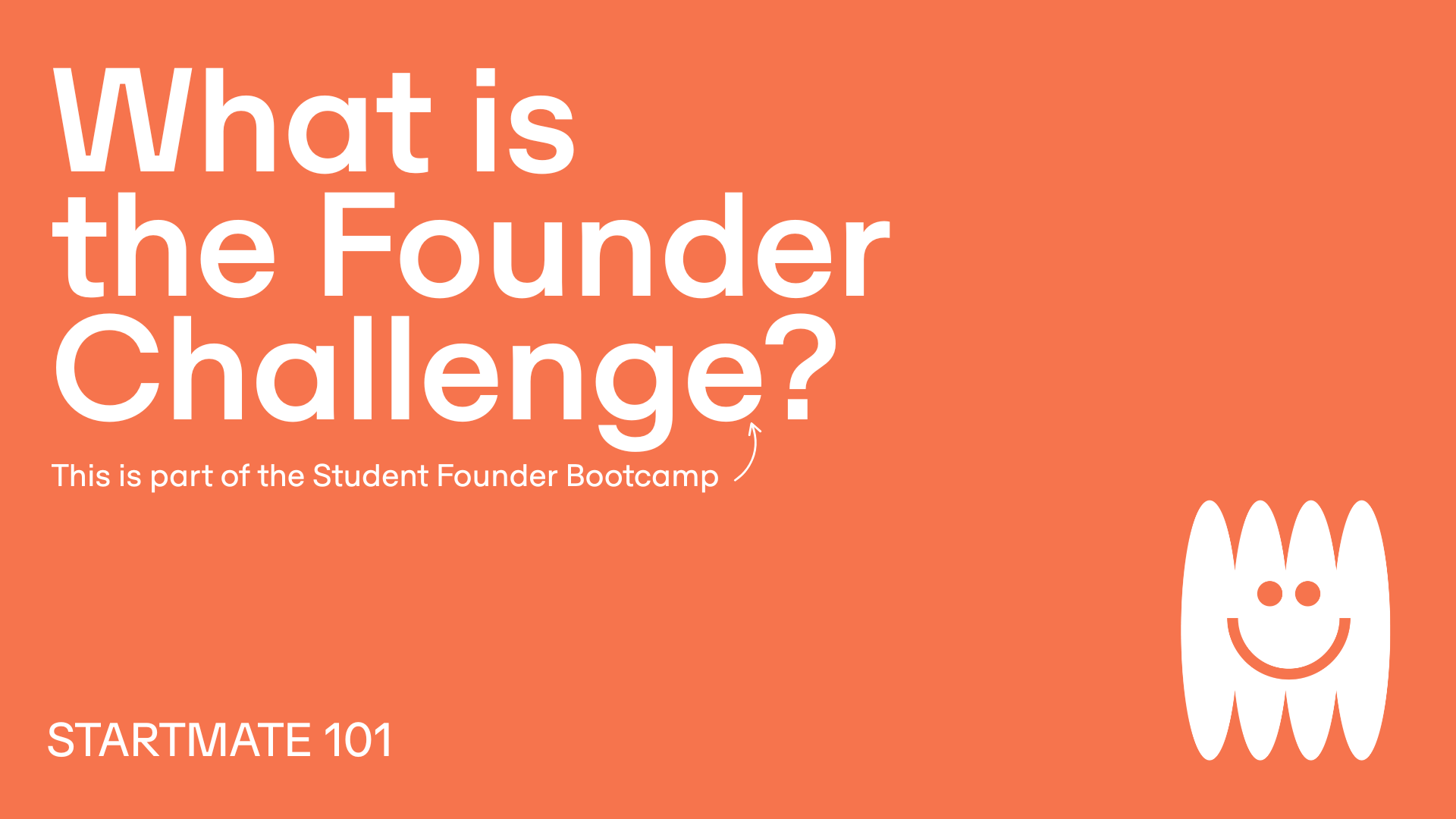It took me 6 months of blood, sweat and tears to break into product management. In hindsight, I didn't have a clear plan of attack. ⚔️ Rather, I applied for the odd job here and there and wondered why I never heard back.
Regardless of if you've just stepped onboard the product management hype train 🚆 or if you've been trying to break into the space for a while with little success, I hope I can provide you with a concrete plan that will lay the foundations for your first ever job as a product manager (PM).
I've boiled down the product management soup 🍲 into 3 key ingredients.
1) Understanding what makes a great PM. 🤝
2) Creating a portfolio that builds a case for yourself. 💼
3) Acing the take-home challenge. 🤔
I will break these sections down and include some bonus tips at the end, so keep reading if you're interested in hearing more about the secret sauce.
Understanding what makes a great PM
The most obvious place to start if you're trying to break into product management is to study what makes a great PM. What defines a 'great PM' will often differ from company to company, however, there are many underlying traits and themes which are similar in nature, such as communication, collaboration, execution and strategy
Here are some resources to get you started:
- Lenny Rachitsky's PM Survey
- The 3 most important skills for new Product Managers
- Intercomm's PM ladder
Another highly underrated and powerful learning resource to develop a better understanding of product managers is Twitter. I'm making a bold statement here but I think Twitter will give you better insights than 90% of coffee chats you're likely to have with PMs. (This is not to say coffee chats aren't useful; they definitely have their time and place).
If you don't already have a Twitter account, stop what you're doing right now, create one, and follow these people:
Understanding what makes a great PM is one of the most important steps when trying to break into product management so don't skim past this stage!
It is also a valuable exercise to get an idea of what skills are transferrable and which points you may be able to leverage when applying for your first PM roles.
Creating a portfolio that builds a case for yourself
If you haven't done a PM internship, chances are you don't have a proven track record of success in product management, so you need to show it in other ways. This is where your portfolio comes in. Creating a simple portfolio which showcases your best projects can go a long way when trying to break into product management.
Your portfolio should be highly personable with an 'About Me' section and it should showcase your creative flair by outlining 2-3 past design projects. If you don't have any design projects to showcase thats perfectly fine! In this case, you can attempt to redesign one of your favourite products or apps through the lens of a product manager. Make sure your portfolio follows a logical structure which breaks down the problem at hand and showcases your ability to propose thoughtful solutions.
If you would like to view my portfolio as an example, you can do so here. Keep in mind, however, that it is quite heavily oriented on design. As a PM, you likely don't need to go into this level of design depth. Some simple wireframes and low-fidelity mockups are adequate enough to showcase your ideas/solutions. What's more important is your ability to break the problem 🎯 down.
Once you've got your portfolio ready, I would recommend including a short section in your resume following your professional experience section called 'Related Projects' 👷♂️ that summarises your portfolio projects. The aim of this section is to get the recruiter curious enough to view your portfolio.
Finally, reach out to PMs in the industry to help review your portfolio and provide feedback on your projects (ADP Mentor is a great platform to find mentors).
Acing the take-home challenge
You might have heard that the take-home challenge is a popular method of assessment amongst PMs. In a take-home challenge, you're usually given 48-72 hours to propose how you would solve a problem given to you by the company. Acing the take-home challenge is one of the best ways to get your foot in the door 🚪 if you are trying to break into product management with no experience, so do everything you can to be prepared.
When approaching these kinds of challenges, you should always spend more time exploring the problem than thinking about solutions. It's always tempting to jump straight to an idea that's just popped into your head. If this happens, take a quick note, put the thought aside and continue delving deeper into the problem.
As a general rule of thumb, spend 80% of your time breaking down the problem and 20% brainstorming ideas and developing solutions.
A problem-solving framework can help you structure your thoughts in a logical and cohesive manner so you know when you're going off track. I used the Double Diamond approach in the PM take home challenge I received. The Design Thinking framework is another popular problem-solving approach you can use.
Here are some general tips when approaching the take-home challenge. 🚀
- Make sure you're 100% clear on the problem you are trying to solve. Don't be afraid to ask plenty of questions to clarify any parts of the challenge you are unsure about. I would suggest grouping your questions❓together and asking them all at once to save time on back and forth communication.
- Clearly state your assumptions. 🤔 You will never have access to all the information you need, so you will probably need to make assumptions on the user/customer demographic, the resources of the company, etc.
- Demonstrate your resourcefulness. 👷 Look at a variety of data and information sources to gain a broader understanding of the user/customer (e.g. Twitter & Reddit threads, reviews of the product on Google, Trustpilot, Facebook, App Store etc).
- Mention what you would do if you had more time ⌛️ and include next steps so you can demonstrate that you're thinking ahead.
- Put in some effort to make the presentation look nice. ✨ What you present will speak to what kind of work you produce on the job so you want to make sure you're giving it some love.
- Practice presenting your ideas and solutions a few times so that you don't end up fumbling through them when you're asked to walk through your presentation.
Good luck!
If you've made it to the end, I hope you're now equipped with a plan on how you can break into product management. 👊 It's definitely one of the most fulfilling fields to get into and the world will no doubt need more PMs as new challenges arise!
I wanted to keep this writeup nice and short so I haven't gone into a lot of depth for each of these sections. If you have any questions dm me on Twitter or LinkedIn and I will be happy to answer them.








